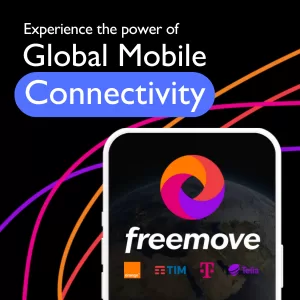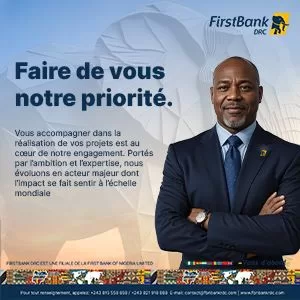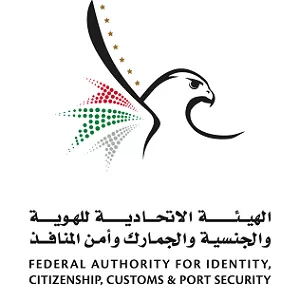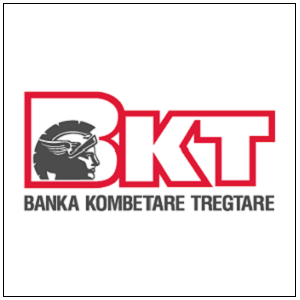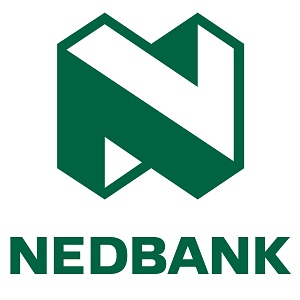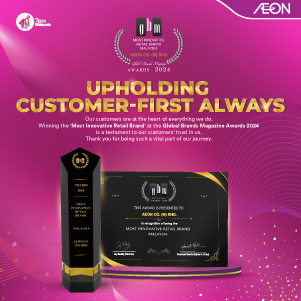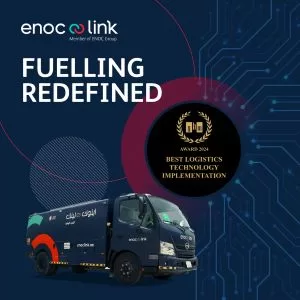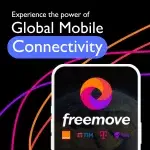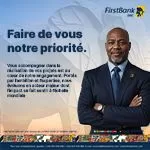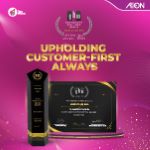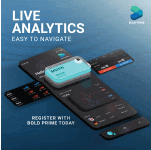Brand Strategy
How to Build a Strong Brand Identity for Your Business

Staying consistent about your brand can increase your revenue by as much as 23%. This sounds great, but what do you do first?
Know what your brand stands for, its purpose, and its values. It is your foundation, and now you can work on connecting with your audience through messaging and visuals.
The next question is: How do you ensure your brand gets noticed?
Here’s where we can help by sharing some essential steps to accomplish this and draw attention to your company.
What is Brand Identity and Why Does It Matter?
Step back and look at your brand—what does it look, sound, and feel like?
Essentially, brand identity refers to how your brand is understood and presented. It includes everything from your logo to your color scheme, the values you embrace, and the messages you send, creating a complete picture of who and what you are. It’s how your customers remember and recognize you.
Think of it this way: You drink coffee at the same coffee shop daily. Why? You like the coffee, the ambience, and the pictures on the walls. That’s the real power.
Understanding Your Brand’s Core
The first thing people think of when they hear a word brand is its logo or catchy slogan, and for you it’s so much more, it’s the heart and soul of what you do. So you should strive to show that.
Start with the basics: What is your mission? What do you believe in? What is your brand personality? Are you fun and laid-back or more serious and professional? Whatever it is, try to show it in the best and most creative way possible.
And finally, ask yourself: What impression do you want to leave? How should people feel when they see or try your brand?
Only when you answer all these questions, you will have the IT product.
Knowing Your Audience
You know who your customers are, so start working on a plan to connect with them.
Gather information about their likes, interests, and demographics. Consider what they value most and what language they speak. All of this helps you tailor your messaging to resonate directly with them.
Using everyday language can build trust and make your brand feel approachable. For example, if your audience is primarily young adults, using a casual tone might resonate better, while for teens, it might be better to explore slang or some of the phrases they use. Don’t worry too much if you don’t quite understand them, they will, and that’s what matters.
Pay close attention to what they have to say. Engaging with your audience through social media or surveys can reveal what they really think about your brand, helping you improve it.
Designing a Lasting Impression
Visual elements are the face of your brand. What does that mean? It is what people see first and what they remember last. Your logo, elements, and font—they all tell your story without you saying a word.
Colors are a powerful detail—they can make people feel confident, excited, or calm, depending on which one you choose.
If you change your visual elements on every new page, for example, people won’t remember everything. On the other hand, if you stay consistent and use the same elements every time, you’ll be more likely to stick in your customers’ minds.

Source: Freepik
Crafting How Your Brand Speaks
Friendly? Authoritative? Funny? Every brand has something that sets it apart and connects with its audience. The voice you choose to represent your brand should always be that way, no matter what platform you use.
Let’s see this with an example.
Bad example
| Platform | Message |
| Social media | ‘’What are you waiting for? Check out our site and find what you’re looking for. We think you’ll be really happy with it! 😉’’ |
| Email message | We have no doubt that our service will fulfill your needs. Should you have any questions or concerns, please don’t hesitate to reach out!’’
|
Good example
| Platform | Message |
| Social media | ‘’We’re here to help you find the perfect product! If you have any questions, feel free to reach out. We’re always happy to assist! |
| Email message | ‘’We’re here to guide you through finding the perfect product for your needs. If you have any questions, don’t hesitate to reach out—we’re always here to help!’’
|
Ask questions, seek feedback, and value their answers.
Building Emotional Connections
When people feel like you truly get them, they connect with your brand in a real way. It’s like saying, ‘’Wellcome to my world!” You need to start by telling them how it all began, the challenges you faced, and, in the end, why it was all worth it.
Both images and words can make people feel, so be cautious of what emotions you want them to encourage. And when it comes to engagement, everyone wants to feel like they’re part of it, so you need to ask for feedback and let them know they matter. That’s how you turn customers into loyal devotees.
Building Your Digital Footprint
When we say digital presence, we mean how the world sees your brand online. This includes websites and social media. Every post, every message, everything counts, and if you want to build a real connection, here’s how to do it:
- Your website is often the first place people visit, but platforms like Locanto can expand your reach by offering additional space to showcase your web services or products through easy-to-use listings.
- On social media, post regularly, encourage conversations, and let your brand’s personality thrive.
- Make sure people can find you online. This means focusing on SEO. Because of it, your brand will show up in search results and reach more people.
- User-generated content, like customer reviews or shared photos, is another great tool.
Examples of Brands That Got It Right
Many brands have really succeeded in their goal of connecting their brand identities with customers. Apple, for example, has a simple design and a focus on innovation, and this really attracts people who like things that are easy to use and advanced.
Nike is another one. Their “Just Do It” slogan and strong logo inspire people to push themselves.
Coca-Cola is all about good times with loved ones, especially during the holidays. Their brand makes you feel like you’re part of something special.
Duolingo makes learning a new language fun with its cute mascot and bright, engaging design.
These brands show that having a clear identity helps build loyalty and makes people feel connected. Looking at what’s worked for them can help you shape your own brand.
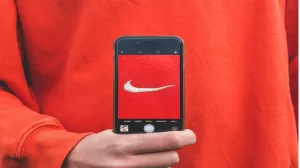
Source: Unsplash
Get Started
Building or refining your brand identity doesn’t need to be overwhelming. Here’s a simple checklist of your next steps:
- Define your mission and values.
- Understand your audience and how to connect with them.
- Choose your key visual elements—logo, colors, and fonts.
- Keep your messaging consistent across all platforms.
- Engage with your audience and build community.
- Use tools like SEO and platforms like Locanto to expand your reach.
Don’t be too greedy; start small and keep improving over time. Your brand identity is the heartbeat of your business—keep it strong make it unforgettable!














